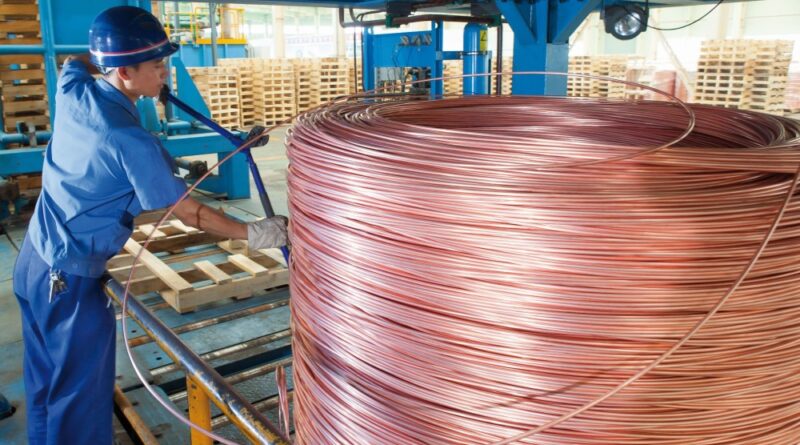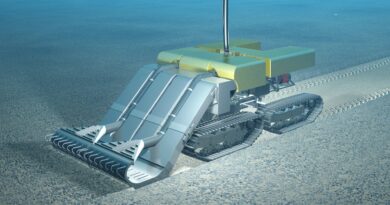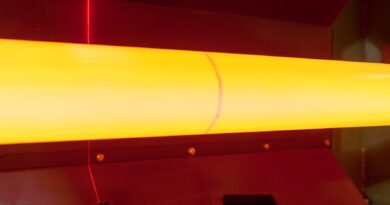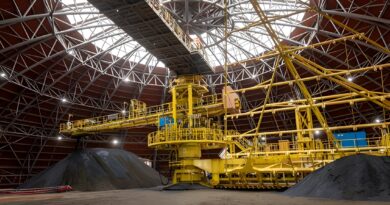Copper’s critical role in achieving net zero
According to Wood Mackenzie the road to zero carbon will see an extraordinary build-out of low-carbon electric vehicles (EVs) and renewable power-generating capacity. And as the world reduces its dependence on hydrocarbons, metals will be a linchpin of a zero-carbon economy.
Copper – in the form of wire, cable and foil – will bind and connect the batteries, motors and electrical networks that will help limit the rise in global temperatures. However, the pull on the world’s resources to achieve this structural change will be transformational, dwarfing the demand increases we have seen over the past 30 years.
Wood Mackenzie’s base-case assessment of the energy transition on its current trajectory foresees average global warming of between 2.2 °C and 2.4 °C* by mid-century. Under an accelerated energy transition scenario (AET-1.5), we assume the world will decarbonise over that period to achieve global net zero emissions and limit the rise in temperature to 1.5 °C.
The outcome of end-use modelling reveals that the likelihood of delivering the copper required to meet future demand shifts from challenging in our base case to improbable in our AET-1.5 scenario. Low-carbon copper demand over the next 20 years would be equivalent to 60% of the current market size.
To meet zero-carbon targets, the mining industry would have to deliver new projects at a frequency and consistent level of financing never previously accomplished. This pathway would result in:
The need for 9.7 Mt of mine supply over the next decade from projects that have yet to be sanctioned. To date, a shortfall of this magnitude has never been overcome within a decade. This supply gap contrasts with 6.5 Mt under our base-case climate trajectory.
More than US$23 billion of investment a year in new projects, 64% higher than the average annual spend over the last 30 years. A growing market deficit, exacerbated by the sharp increase in refined demand growth. This will underpin a copper price rally to more than US$11,000/t (about US$5.00/lb) within five years, in contrast to US$7,010/t (US$3.18/lb) over the same period in our base case.
In theory, higher prices should encourage project sanctioning and more supply. However, the conditions for delivering projects are challenging, with political, social and environmental hurdles higher than ever. If primary mine supply struggles to meet future demand, recycling could form part, but not all, of the solution. Investment in the collection, sorting and use of scrap will be required. Lower carbon emissions from recycling will drive a consumer-led preference for secondary copper scrap and could act as a catalyst for investment.




